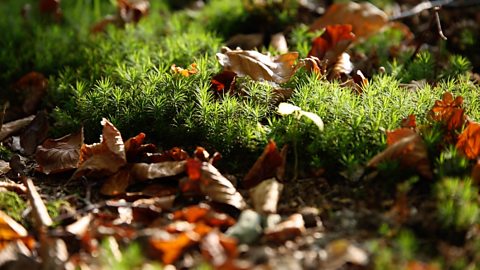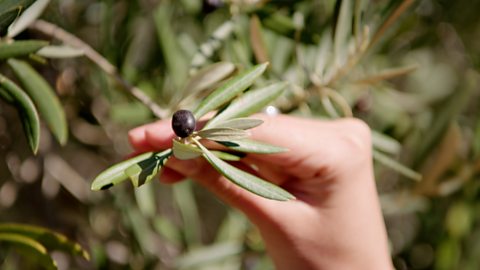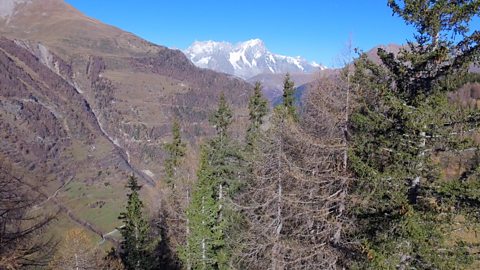Video summary
Wildlife presenter Ferne Corrigan takes a look at the Arctic tundra and how plants and animals have adapted to live in this biome.
Ferne describes the location of the tundra biomes around the world before describing the climate of the biome.
She then explains how the barberry plant has adapted to survive the harsh weather before explaining how the Arctic fox and the Musk ox have adapted to survive in the Tundra ecosystem.
Ferne then changes focus to the Sami people of the tundra biome and how they use the changing seasons to survive.
This clip is from the series Ecosystems and Biomes.
Teacher Notes
Key Stage 3
This could be used to introduce students to the Arctic tundra, and how plants and animals have adapted to these extreme conditions.
Students could create fact-files on how plants, animals and people have adapted to thrive in this biome.
Students could take a more in-depth look at the Sami people and the skills and materials they have adapted to survive the dramatic seasonal changes.
Key Stage 4
This could be used to refresh students knowledge of the Arctic tundra, and how plants and animals have adapted to these extreme conditions.
Students could create fact-files on how plants, animals and people have adapted to thrive in this biome.
Students could take a more in-depth look at the Sami people and the skills and materials they have adapted to survive the dramatic seasonal changes.
This clip will be relevant for teaching Geography at KS3 and GCSE.
This topic appears in OCR, Edexcel, AQA, WJEC KS4/GCSE in England and Wales, CCEA GCSE in Northern Ireland and SQA National 4/5 in Scotland.
The different layers of a deciduous forest. video
Ferne Corrigan investigates the New Forest and the layers that make it up as well as how animals have adapted to live there.

Wildlife adaptations of the Mediterranean. video
A look at how people, plants and animals have adapted to the conditions in the Mediterranean biome.

How animals have adapted to live in the Italian Alps. video
Join Ferne Corrigan as she investigates the Alpine Mountains of Italy.
